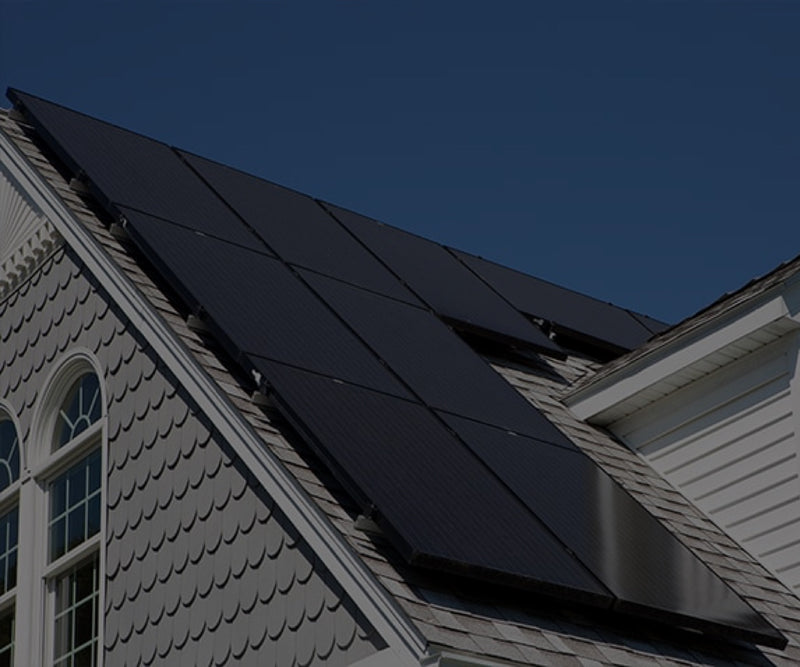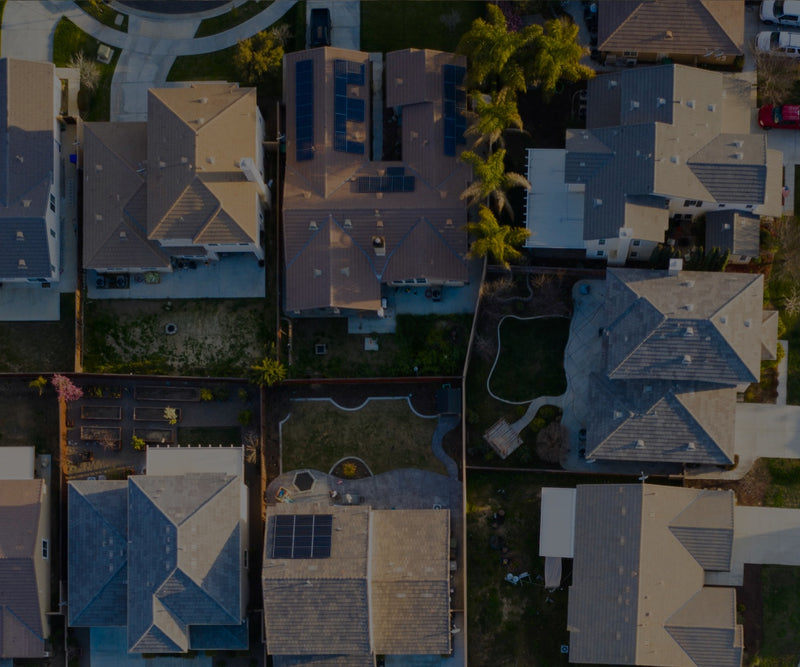Solar Batteries
Solar batteries are designed to provide storage for backup power and off-grid solar systems. There are three main types of batteries for solar power systems: lithium, sealed lead-acid, and flooded lead-acid.
Lithium Batteries
Lithium batteries tend to be about 3x the cost of sealed lead-acid batteries, but they also last about 3x longer, so the higher initial cost balances out over the life of the system.
If you want a high performance battery that you don’t have to replace for a decade, lithium batteries are the most convenient option. They have faster discharge and recharge rates, weigh less, and are maintenance-free. In addition, lithium batteries are modular, meaning you can start small and expand your battery bank as needed.
While lithium batteries cost more up front, the cost falls in line with lead-acid batteries over the life of ownership.
Sealed lead-acid batteries
Sealed lead acid (SLA) batteries get their name because the compartment containing the electrolyte is sealed, which prevents leaks and noxious fumes coming from the battery.
Unlike flooded lead-acid (FLA) batteries, sealed batteries have minimal maintenance requirements and do not need to be installed in a ventilated battery enclosure. SLA batteries can also be mounted in any orientation, because the contents of the battery are sealed shut.
There are two sealed lead acid battery types: absorbent glass mat (AGM) and gel batteries.
AGM batteries are less expensive and perform better than gel batteries in cold temperatures. They are also capable of higher charge and discharge rates. They are the more cost-effective sealed battery option, recommended in most off-grid solar applications.
Gel batteries are an older technology that cost more than AGM batteries. They take longer to charge and are not as widely available as AGM. Gel batteries do perform better in high ambient temperatures, so they may make sense in hot climates, but AGM is usually the more cost-effective option.
Flooded lead-acid batteries
Flooded lead-acid (FLA) batteries are sometimes referred to as "wet cell" batteries because the electrolyte is in liquid form and can be accessed by removing the battery caps.
Charging flooded batteries causes water in the electrolyte solution to evaporate, so they regularly need to be refilled with distilled water to keep them topped off. This need for routine maintenance means flooded batteries are only suitable for those who have the time (and the desire) to perform maintenance checks on their battery bank on a monthly basis.
FLA batteries are especially prone to failure if not properly maintained, and we find that most people can't (or won't) commit to the monthly maintenance schedule needed to properly care for FLA batteries.
Their strict maintenance requirements means they are not suitable for vacation homes, nor would we recommend them for full-time off-grid residences, unless you really love the idea of getting hands-on with your system. However, committed homesteaders and DIYers may find FLA batteries to be a cost-effective option, so long as they take excellent care of the battery bank.

Solar Calculator

Which Solar Kit Do I Need?
GET STARTED WITH SOLAR
WE’LL HELP YOU FIGURE OUT YOUR SOLAR NEEDS!
Fill out the form for a complimentary solar quote that includes a custom satellite layout, system design and a breakdown of total project cost and estimated savings.
